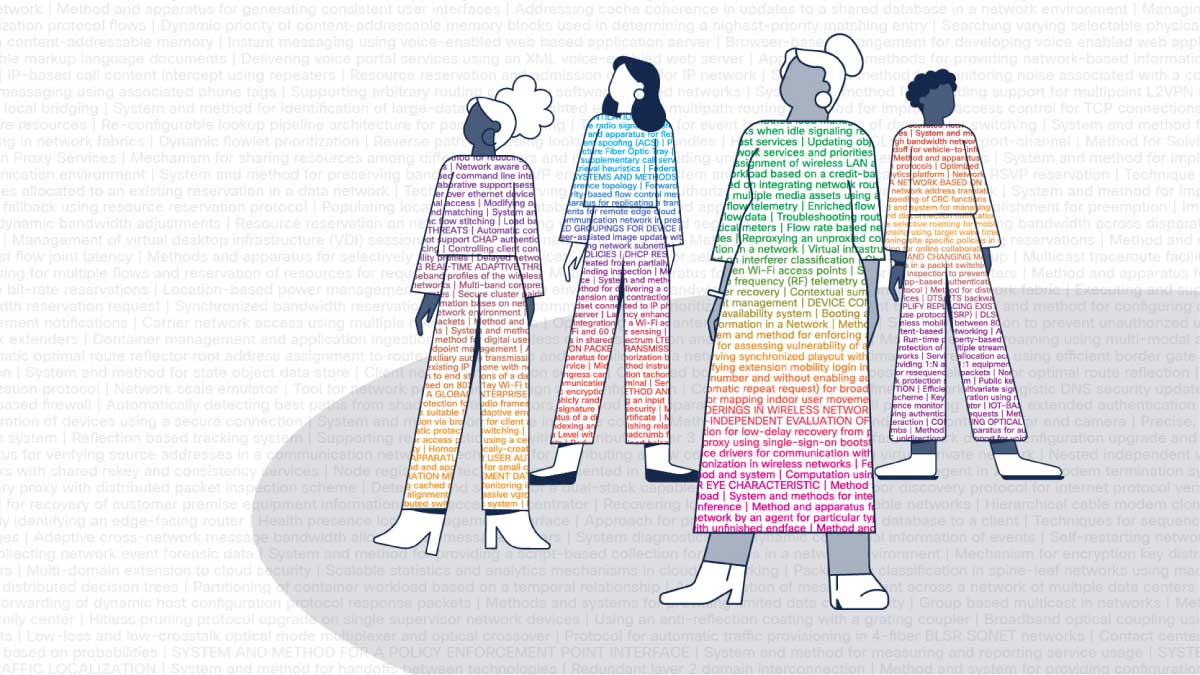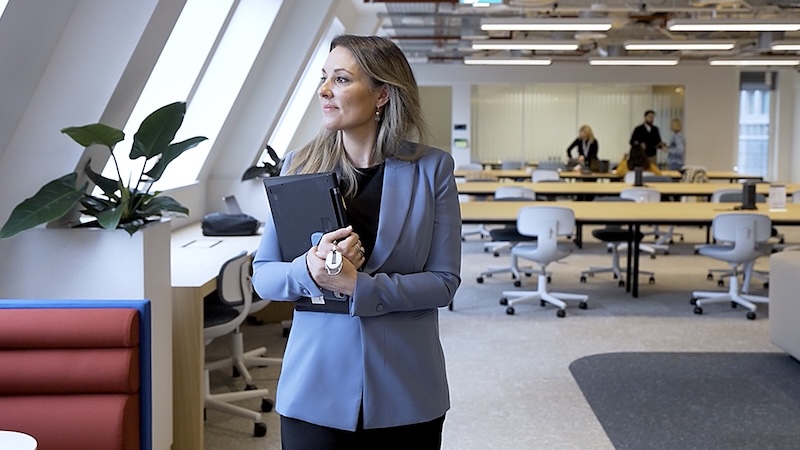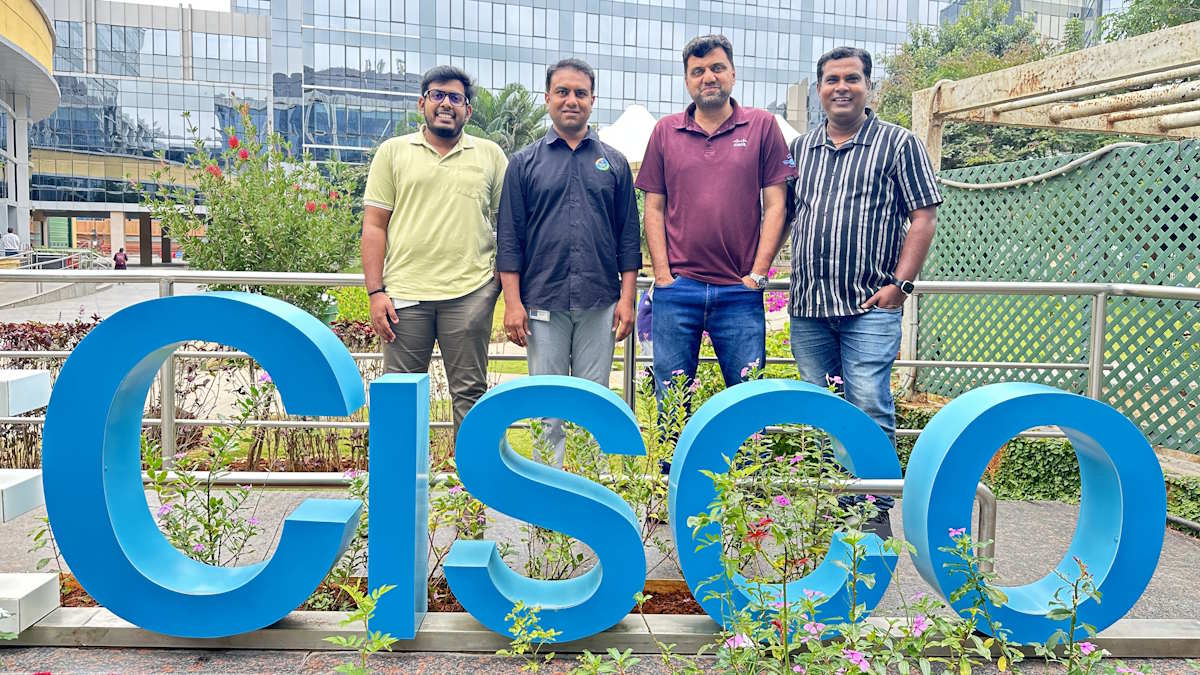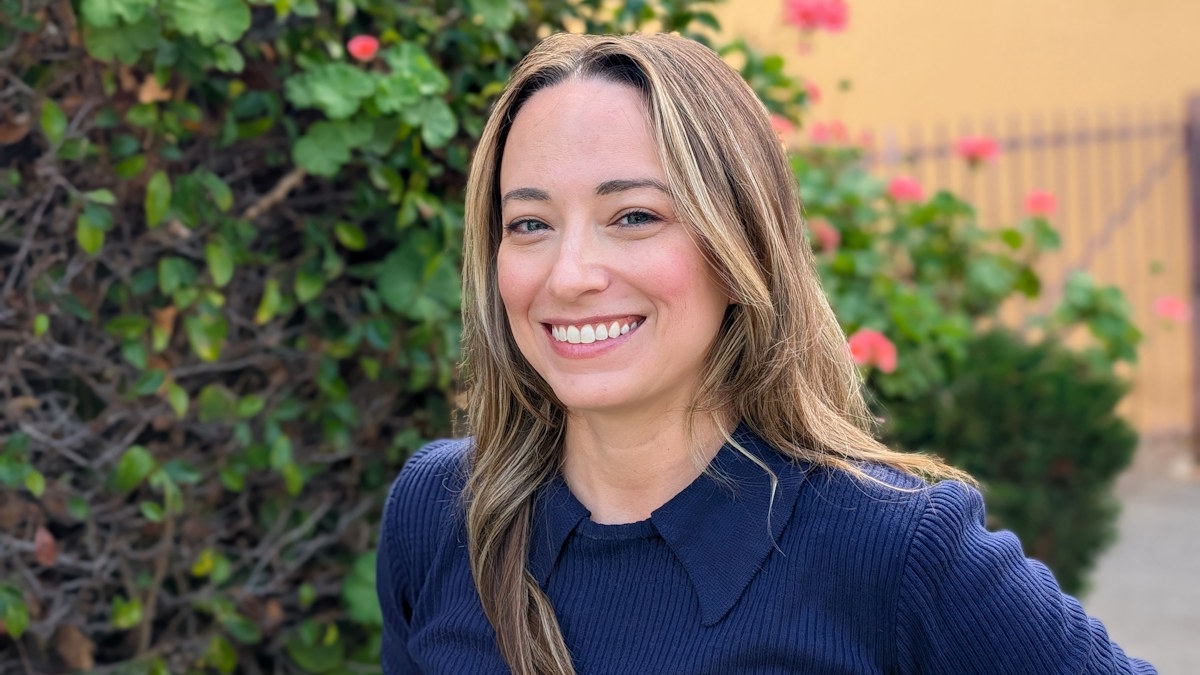By Dev Stahlkopf and Liz Centoni
If you were asked to name an inventor, there’s a good chance names like Thomas Edison, Benjamin Franklin or Alexander Graham Bell would immediately jump to mind.
But what if you weren’t allowed to name a man? Drawing a blank?
While we personally believe the names of prolific inventors like Grace Hopper, Rosalind Franklin and Shirley Jackson should be household names, the truth is, it’s easier to name male inventors simply because they far outnumber women. And not just historically. Today, according to the United States Patent and Trademark Office (USPTO), women account for only 13 percent of inventor-patentees. That’s right. One in eight.
Closing the gap in women inventorship is something that the tech industry has struggled with for years. Admittedly, attempting to untangle the systemic obstacles that have slowed progress to date is daunting to say the least. But as women leaders in tech, we feel passionately about using our voices to not only highlight the disparity at hand, but also shedding light on paths to progress within our own organization in the hope that it sparks action for others grappling with similar challenges.
And if we get this right, we’re not only honoring one of society’s most basic tenets, that every person has inherent value and deserves an equal opportunity, we’re tapping into unbridled economic growth. The USPTO estimates that if women patented at the same rate as men, GDP would increase by 2.7 percent, or more than $1 trillion annually.
Varied perspectives are valuable
Every successful business leader knows that when you bring together individuals from different backgrounds and experiences, they are going to view problems through multiple lenses. Typically, that results in a wider variety of ideas and quicker problem resolution.
So, how can we unleash the potential of women inventors? We agree with Kathi Vidal, USPTO director, who believes it’s all about support and opportunity. “We need to meet people where they are and teach them the advantages of using the protection provided to them by patents and trademarks as a bridge between the lab and the market,” she says.
The proof seems obvious when reviewing the success of USPTO’s Patent Pro Bono Program. The initiative matches inventors with patent practitioners, offering free legal services and valuable guidance through the complex patent process. Vidal says: “Whereas only 13% of inventors named on patents are women, 41% of those who avail themselves of our pro bono services are women.”
This USPTO data reinforces what we’ve been exploring within our own organization – closing the gap for women inventors, often requires building a bridge.
A bridge to possible
Cisco owns more than 25,000 patents globally, reflecting decades of innovation in technology that ultimately helps connect the world. And while that number is objectively impressive, our research tells us it would be even larger if more of our women innovators were actively participating in the patent pipeline.
Cisco’s Women Inventor Network, called WIN++, designed a Patent Mentorship Program matching small teams of diverse employees with an experienced mentor, with the goal of submitting an invention disclosure by the end of the program for consideration by one of Cisco’s Patent Committees.
Since the first cohort of WIN++ mentees in 2020, nearly 700 employees across 20 countries have participated in the program. 119 of our experienced inventors have served as mentors. While the anecdotes from our mentors and mentees along the way made it clear the program was a breakout success, seeing the actual data was truly eye-opening.
Since 2020, the number of unique Cisco women inventors listed on original U.S. patent filings has increased more than 30%, and the percentage of approved submissions with at least one female inventor has jumped 67%. These numbers reinforce something that has been true throughout both of our careers in law and engineering, respectively – mentorship matters. Investment in formal programs that increase access to traditionally opaque or inside processes, can have a tangible, measurable impact.
Data analysis has been part of WIN++ from the start. Reviewing 23,000 internal invention submissions from the past ten years, we’ve seen clear themes in what takes an idea to invention and have built those learnings into the design of WIN++. For example, submissions with at least one experienced inventor are twice as likely to be successful than a submission with only first-time inventors. This is why each WIN++ team is mentored by an experienced inventor. While the mentor is not incentivized and will not be a named inventor unless they contributed to the conception of the invention, their experience with the process helps avoid the hiccups that often hold up first-time inventors. We’ve also found multidisciplinary teams are some of our most successful because they can tackle problems from a variety of perspectives, so WIN++ groups include four to five mentees. And, while at least two WIN++ team members must be women, all employees are welcome to join.
This is not to say that we’ve solved the women inventor gap. Mentorship is a productive way to engage women currently in technical roles, but the fact is, we need more women in technical roles period. In the long-term, the public and private sectors need to work together to build a more diverse talent pipeline through primary and secondary STEM education curriculum, skills-to-jobs programming, and exposure to career opportunities. In the near-term, we’re encouraged to have found a path to progress, one that we hope continues to unlock innovative potential for more aspiring inventors.
To learn more about Women's Inventor Network, check out https://www.cisco.com/go/win.
###



